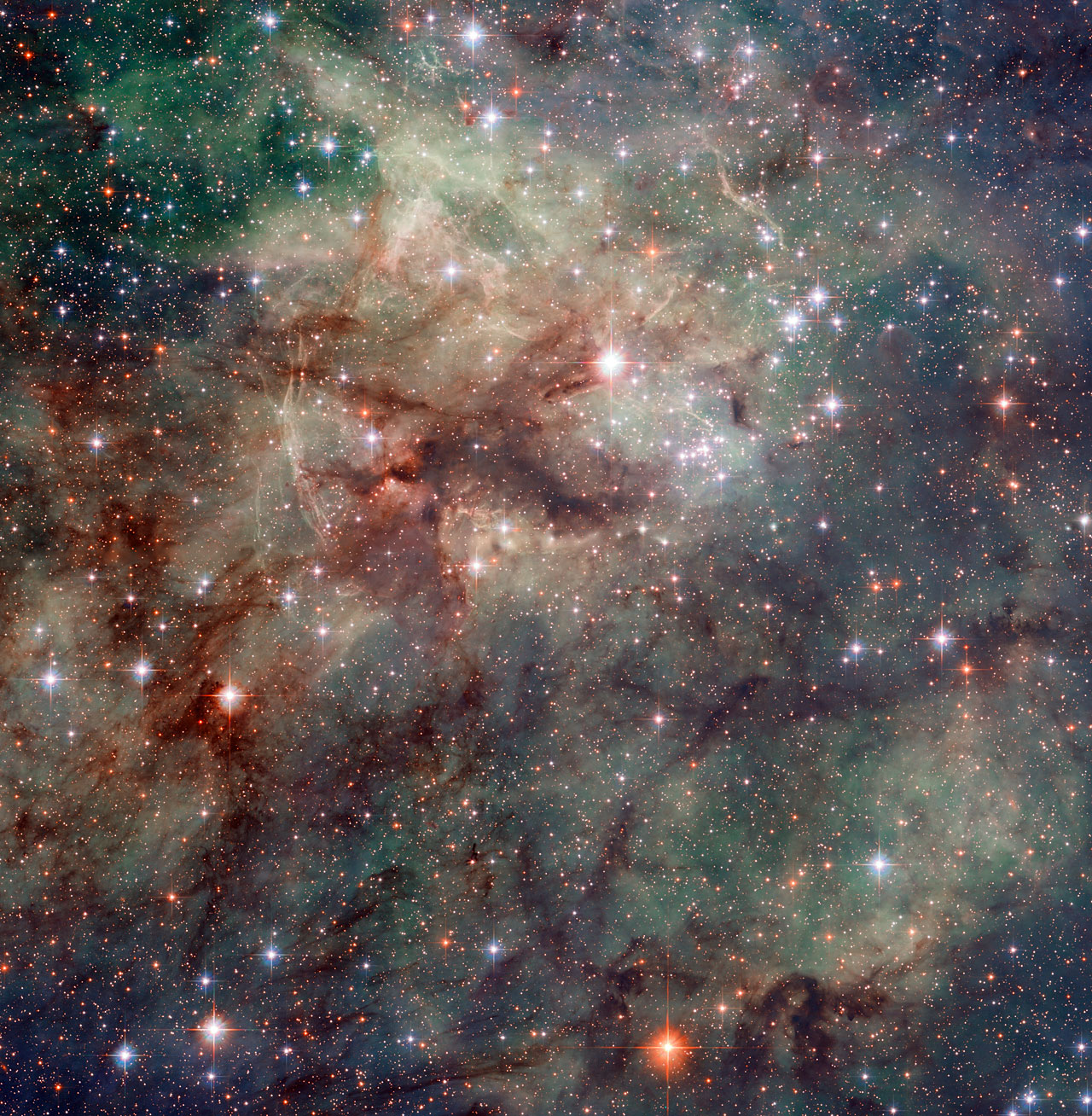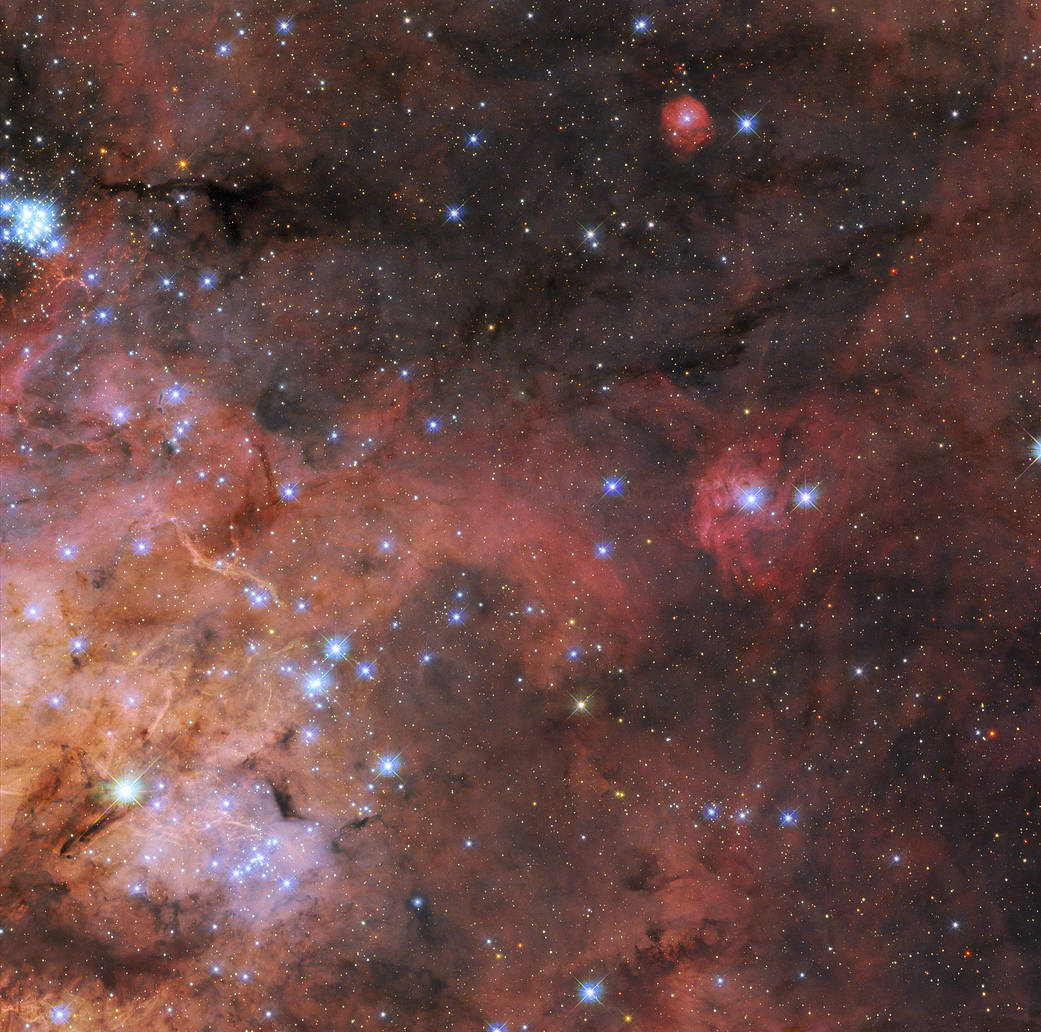Combining data on the Tarantula Nebular from two different observing proposals, a team from Hubble has revealed how interstellar dust interacts with starlight in a variety of environments
Every week, the Hubble telescope releases new images of our galaxy that never fail to impress, and this week is no different.
161,000 light-years away, the Tarantula Nebula is the largest and brightest star-forming region in our Local Group (the nearest galaxies to the milky way), and thanks to Hubble and European Space Agency, we are seeing it in more detail than ever before.
The Nebula is made up of turbulent clouds of gas and dust that appear to swirl between the region’s bright, newly-formed stars. Along with this the region also contains some of the hottest and most massive stars we know of.
A natural laboratory for star formation research
The James Webb Space Telescope also recently delved into this region, revealing thousands of never-before-seen young stars. The area has proven itself to be a “perfect natural laboratory” for researchers to test theories of star formation and evolution, stated the European State Agency.
This proposal, which astronomers named Scylla, reveals how interstellar dust interacts with starlight in a variety of environments. Scylla is designed to complement another Hubble program, Ulysses, responsible for characterising stars.
Star formation
The telescope has imaged bright layers of ionized gas, which is a key building block for star formation.
This new image also incorporates data from an observing program studying star formation in conditions similar to the early universe, as well as cataloguing the stars of the Tarantula Nebula for future science with Webb.
According to the ESA, studying the Tarantula Nebula has helped astronomers better understand how stars are born and evolve.
Telescopes and their previous history with the Tarantula Nebula
Last year, the James Webb Space Telescope captured its own images of the nebula, and before that the nebular was also chosen as a target for a final goodbye image from the now-retired Spitzer Space Telescope.
Along with these, the Nebular has been imaged by Hubble previously in 2011 as shown below.












